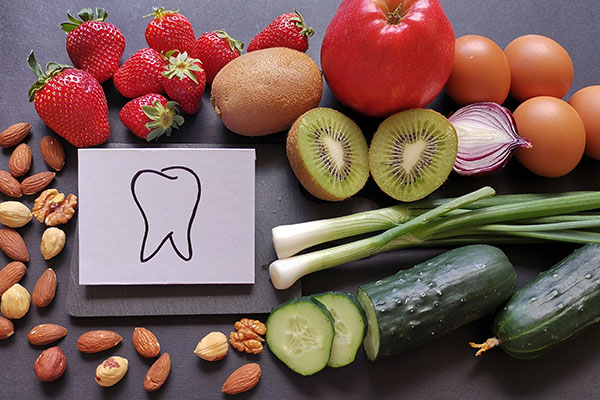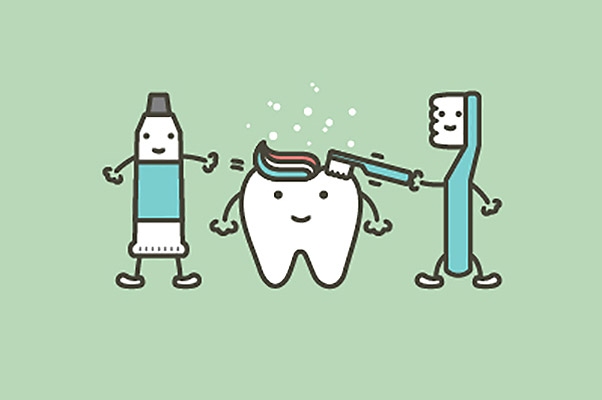 Nothing looks and feels quite like natural teeth. Therefore, if your tooth becomes decayed or damaged, a dentist will try to repair or save the tooth with a dental restoration. Most people who have been to the dentist have had some type of restoration. They range from simple filings for cavities to crowns for more severely damaged teeth. This article examines the various types of dental restorations and how they can preserve the function and appearance of your natural teeth.
Nothing looks and feels quite like natural teeth. Therefore, if your tooth becomes decayed or damaged, a dentist will try to repair or save the tooth with a dental restoration. Most people who have been to the dentist have had some type of restoration. They range from simple filings for cavities to crowns for more severely damaged teeth. This article examines the various types of dental restorations and how they can preserve the function and appearance of your natural teeth.
What is a dental restoration?
Restorative dentistry focuses on repairing or replacing teeth with the main goal of improved oral function. Though dental restorations can help the smile look better after decay or damage, their goals are oral health-related. Restorations can range from simple fillings for cavities to dental implants or dentures for teeth replacement. Here, we will focus on the restorations aimed at saving teeth so they do not need replacing.
Fillings
Cavities are small holes in tooth enamel caused by bacteria. If the cavity has not progressed too far, a filling can repair it. The dentist removes the decayed portion of the tooth and fills the hole with filling material, such as silver amalgam or composite resin.
Root canal
This procedure is necessary if the decay reaches the pulp chamber, also known as the living portion of the tooth. Cavities that go this far can be painful, leading to the loss of a tooth or other oral health problems. A dentist will remove the decayed portion of the enamel and the pulp, then fill the tooth. Sometimes, a root canal-treated tooth needs a crown for reinforcement.
Crown
Dental crowns are tooth-shaped caps that are cemented over natural teeth. They can consist of porcelain, metal, composite resin, or a combination of materials. These dental restorations serve a variety of purposes, including the reinforcement of root canal-treated and badly damaged teeth.
Inlays and onlays
Dentists use these restorations to repair teeth that need more than just a filling but do not require a dental crown. Think of these as larger fillings crafted outside the mouth to replace large parts of tooth structure. For example, an onlay covers one or more of the tooth’s cusps; an inlay fills the space between cusps.
Bonding
Though largely associated with cosmetic dentistry, bonding can restore teeth with minor chips or cracks. The dentist uses composite resin to fill a chip or crack, then hardens it with a special light.
With these tools at their disposal, a dentist has a variety of ways to save natural teeth. If you have damaged or decayed teeth, the sooner you get them treated, the better.
Dentists restore teeth
It is best to save your natural teeth when you can, and a dental restoration can help you do that. Our dental team is skilled in performing a wide range of dental restorations. To learn more about the restorations described above, call our team today.
Request an appointment or call King Dentistry at 209-585-1474 for an appointment in our Turlock office.
Recent Posts
Any dental restoration can be challenging to budget for. Discussing the particulars with your dentist can help you get a clear idea of the final amount. Understanding the specific elements of your dental procedure is important in setting your budget. Here is a comprehensive guide for determining the cost of your dental restoration.This dental restoration…
Dental restoration is a term used to describe the process of repairing or replacing damaged, decayed, or missing teeth. Several dental restoration options are available to patients, ranging from simple fillings to more complex procedures such as dental implants and crowns. This article will explore some of the most common dental restoration options available and…
Cracked and chipped teeth can be unsightly and painful, but dental restoration can help. Even a painless chip or crack may become a bigger problem if left untreated. Severe pain, swollen and tender gums, and infection may result. In the worst cases, it will be necessary to extract the broken tooth. There are many ways…


